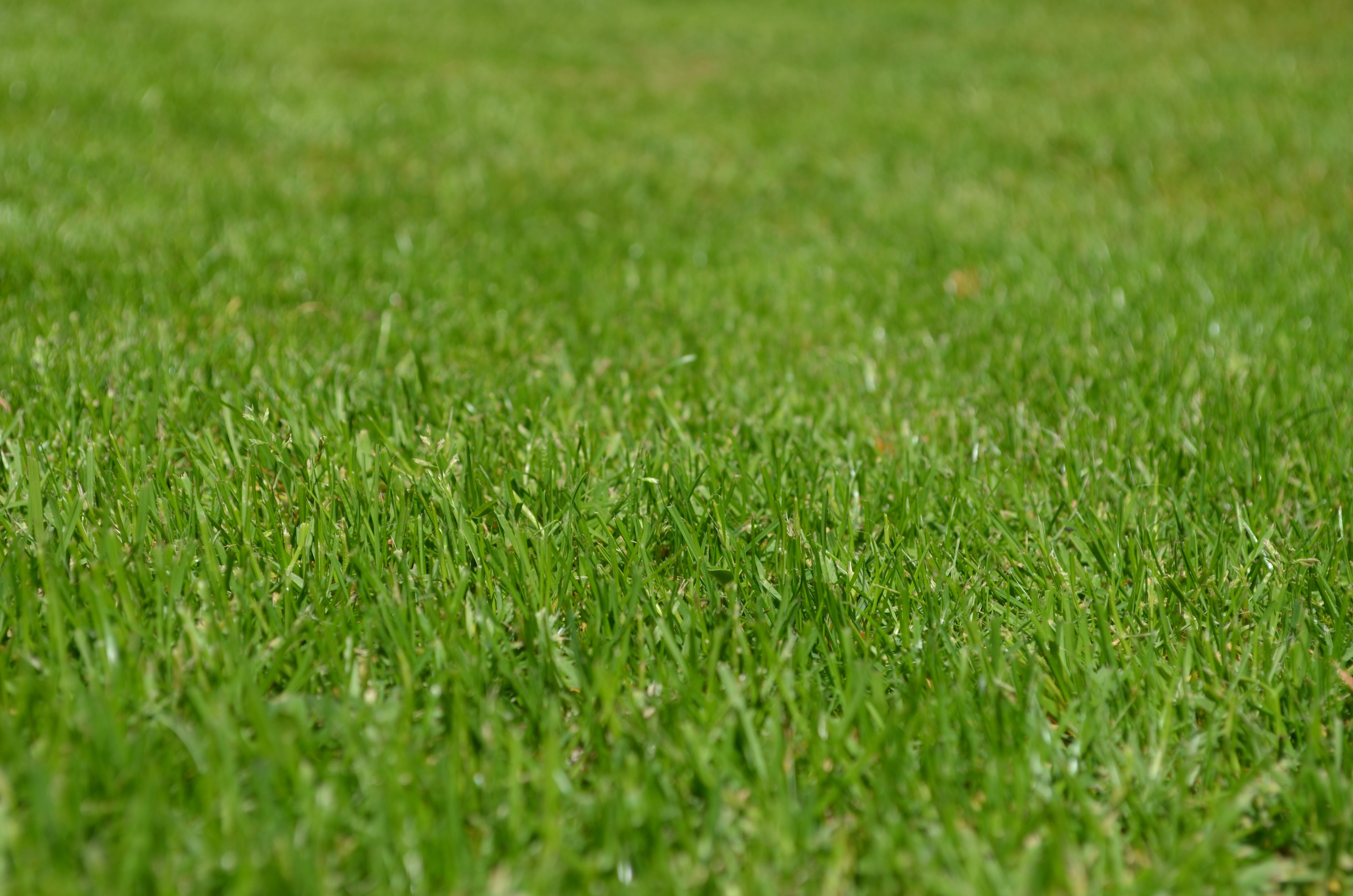
Photo by Pixabay
One of the hardest parts of maintaining a lawn is encouraging even growth. Most lawns will end up developing bald spots if you don’t look after them. These patches can have all kinds of causes from lack of water to pests. Below are just a few tips on how to prevent your lawn from getting patchy.
Choose the right turf
Some types of grass are hardier than others and will continue growing in harsh conditions. An example is winter green grass, which continues to grow in winter, while also boasting a high drought resistance. If you’re looking for a low-maintenance way of keeping your lawn lush, switching to one of these tougher turfs could be the secret solution.
Aerate your lawn
Patchiness may be prevented by regularly aerating your lawn. This involves putting lots of tiny holes in the soil. These holes can help water and air to get deeper into the soil, resulting in healthier grass roots and a lusher lawn. There are many different aerating tools that you can buy to do this including spiked rollers and spiked sandals.
Water at the right time
The most common cause of patchiness is lack of water. During summer periods of low rainfall, it is important to keep your lawn hydrated. However, it’s also important to water your lawn at the right time. If you water your lawn at midday during a heatwave, you could find that most of the water evaporates before it has a chance to seep into the soil. It is better to water your lawn early in the morning when it is still cool. You can do this using a hose or you can set up automated sprinklers that come on early in the morning.
Clear leaves in winter
In autumn, leaves will fall from trees and land on your lawn. It is important to clear these leaves as they can block out sunlight to areas of grass -causing bare patches to form over winter. You can use a rake to collect all of these fallen leaves. Many people throw away these leaves, but they can actually be worth keeping and using as mulch for plant beds and outdoor plant pots, reducing the chance of soil getting waterlogged or frozen.
Tackle pests, weeds and fungi
Invasive species can also attack areas of your lawn and cause patches to form. Look out for infestations of ants, grubs and beetles – these critters can quickly feast away at your lawn if left to thrive. There are chemical and organic pesticides that you can use to get rid of these pests. Unwanted weeds should also be dealt with as they will hog moisture from the soil and cause grass to stop growing around them. It’s also worth looking out for fungi, as this too can steal moisture from your turf. Such fungi will usually turn patches of your lawn brown or red. Various fungicides exist that are specifically designed for lawns – use these to protect your lawn once you notice signs of fungus.
